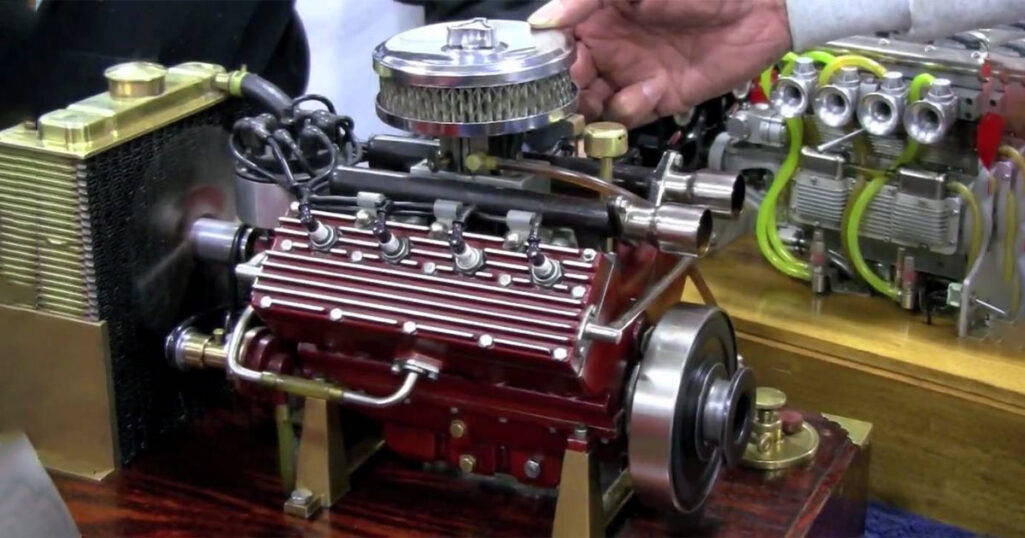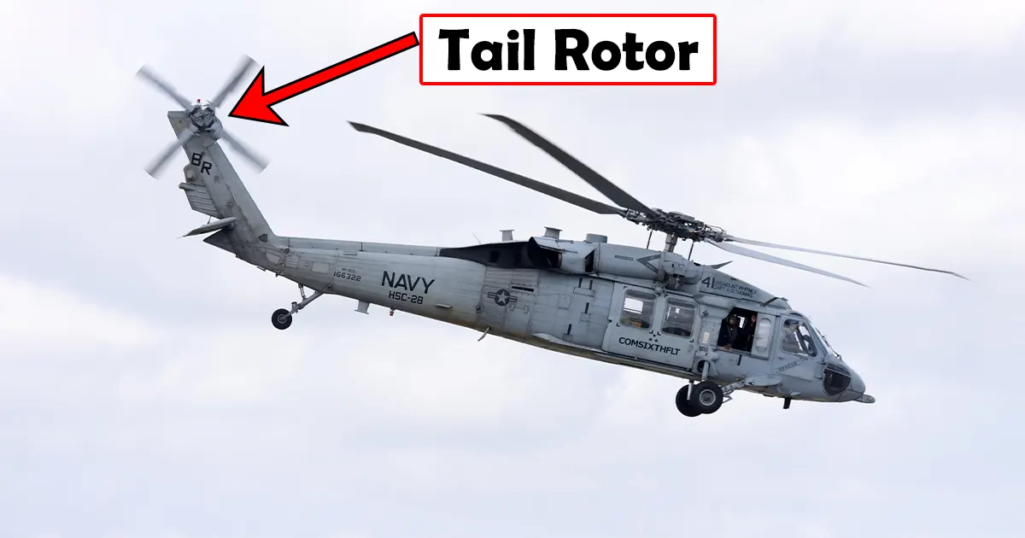
If you don’t know much about helicopters, you at least know that the rotors on the top of the helicopter are what makes it fly. The helicopters are known for their famous sound. It is the sound caused by the rotors slashing through the air.
Helicopters are very sensitive aircraft that need to be carefully designed to accomplish aerodynamics balance. Any small error could lead to a disastrous final product.
Helicopters are mainly known for their massive top rotor blades; however, many people don’t notice that a small rotor is present at the tail or even don’t know what the purpose of this rotor is. Even though this rotor is very important for the helicopter’s balance, many helicopters lack it! How is this even possible?!
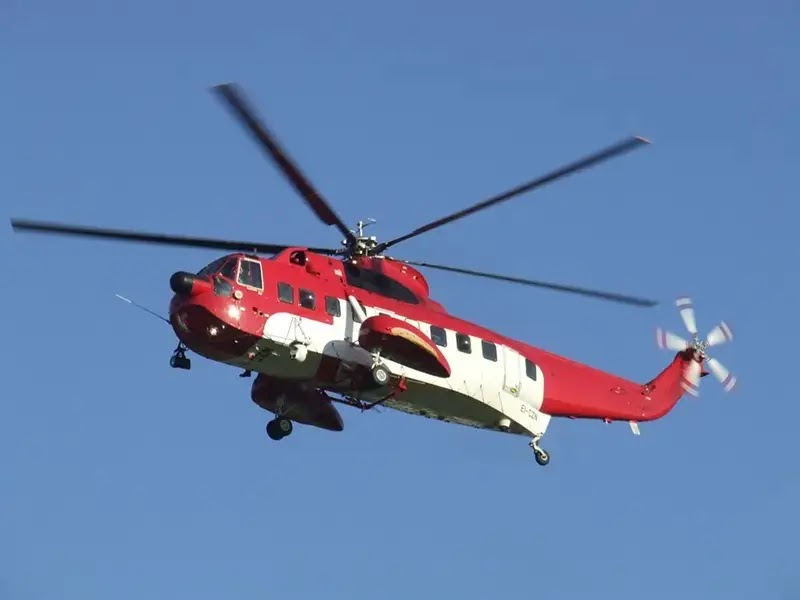
What is the purpose of this rotor at the tail of the helicopter? And if it is an essential part of the helicopter’s structure, why do some helicopters don’t have it?
Let’s first understand some of the helicopter’s basics and how it flies, so we can answer these questions. For more details on how helicopters work, read this article.
Helicopter Takeoff
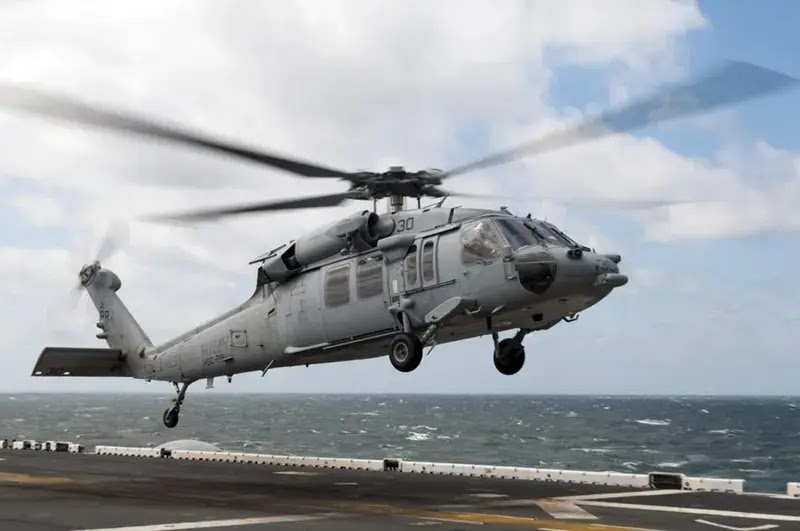
The most important part of the takeoff stage is the primary rotors at the top of the helicopter. The primary rotors of a helicopter provide the needed lifting force, which allows it to fly or hover.
The helicopter is kept flying by the whirling blades pushing the air down, which in turn pushes the helicopter up. This is the simple mechanism of how a helicopter flies.
But this mechanism creates a very annoying issue that needs to be solved. Newton’s 3rd law tells us what the problem is.
Helicopter Moves in Circles

When the main rotor starts lifting the helicopter, it will start turning around itself in circles. This issue is explained by Newton’s 3rd law.
Newton’s third law of motion states that every action has an equal and opposite reaction. When you exert force on a body in one direction, that body responds by exerting force in the opposite direction of application. Numerous instances of this phenomenon may be found in everyday life, such as gun recoil, rocket launch, lifting heavy objects, and so on…
Let’s now apply the third law of motion to the helicopter rotors. In that case, you’d notice that the helicopter’s body would be pushed in a clockwise manner since the primary rotors move counter-clockwise. As a result, the helicopter would fly in circles while rotating clockwise around its rotors.
How do we solve this issue? It’s with the help of the tail rotor. Or maybe without it!
The Tail Rotor Purpose
The tail rotor consists of a set of blades positioned vertically at the end of the helicopter’s tail. Because it ‘pushes’ the helicopter in the opposite direction as the main torque, balancing any main rotor-generated torsional force.
This prevents the helicopter from turning in circles during flight and keeps it steady. This is why a broken tail rotor on a helicopter may lead to a disaster.
Tail rotors are not the only option for dealing with this issue; coaxial rotors may also be used.
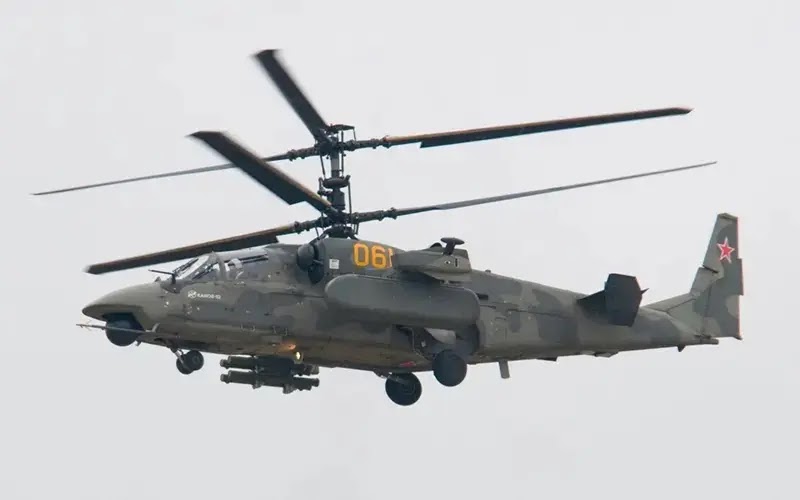
Coaxial rotors are a pair of helicopter rotors placed one on top of the other on the same shaft and have the same axis of rotation as the other, but they rotate in opposing directions. This method works to cancel out the reaction force caused by the primary rotor, which makes the helicopter turns in circles.
Additionally, the tail rotor’s pitch angle is used to drive the helicopter in a certain direction by counterbalancing the main rotor’s torque. The pilot uses anti-torque pedals in the cockpit to alter the pitch of the blades for directional control.
Did you know what is the function of the tail rotor before reading this post? And if you know more information about the helicopter tail rotor, please leave them down in the below comment section.


